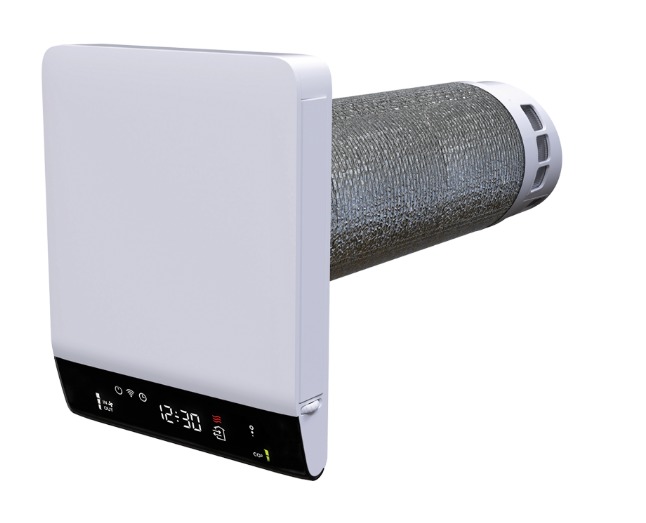Modern construction and renovation increasingly raise the issue of indoor air quality. Especially in conditions of sealed windows and insulated facades, where natural air exchange is practically absent. In these situations, finding good ventilation options is really important to maintain a healthy indoor climate.
But what if you’ve already got plastic windows with a micro-ventilation feature? Should you still think about adding a dedicated ventilation system? This article explores how these two options can work together.
Full-fledged ventilation system vs window micro-ventilation
Modern window designs with micro-ventilation help get fresh air in even when the window is closed, which reduces heat loss and drafts. But sometimes, it doesn’t work quite as well as expected.
The dedicated ventilation system is a set of devices and solutions that provide constant control over air quality. Such a system removes polluted air and supplies purified, fresh air – in the required volume and on a permanent basis. Unlike micro-ventilation, which operates passively, the ventilation system runs consistently, no matter the weather, season, or what people in the house are doing.
There are lots of options available, from compact fans to central systems with heat recovery. If you want to learn more, visit the Vents’ official website. They have products for various spaces like homes, offices, and factories. Check product specifications and review technical parameters to ensure the ventilation system you choose meets your space’s needs in terms of airflow performance, noise levels, energy efficiency, and installation requirements.
Possible conflicts between systems
Can micro-ventilation interfere with a full-fledged ventilation system? Homeowners often ask this question when installing ventilation equipment. In practice, everything depends on the specific configuration.
When it comes to supply ventilation, additional inflow through the window may lead to an air flow imbalance. This will likely degrade the system’s performance, especially in winter or high humidity conditions. In situations involving exhaust ventilation, micro-ventilation can be beneficial as it offers extra airflow required for the proper functioning of exhaust ducts.
How to combine both solutions correctly
To get the best results, consider these tips:
- Use micro-ventilation only as supplementary airflow support.
- Ensure proper balance between inflow and exhaust airflow.
- Install air quality monitoring devices.
- Coordinate window settings with ventilation equipment modes.
- Regularly inspect and maintain your ventilation system for efficiency.
A properly designed and configured system will help maximize indoor air quality while minimizing heat loss and energy consumption. By combining both approaches effectively, you can enjoy cleaner, healthier air with enhanced comfort and efficiency in your indoor environment.
